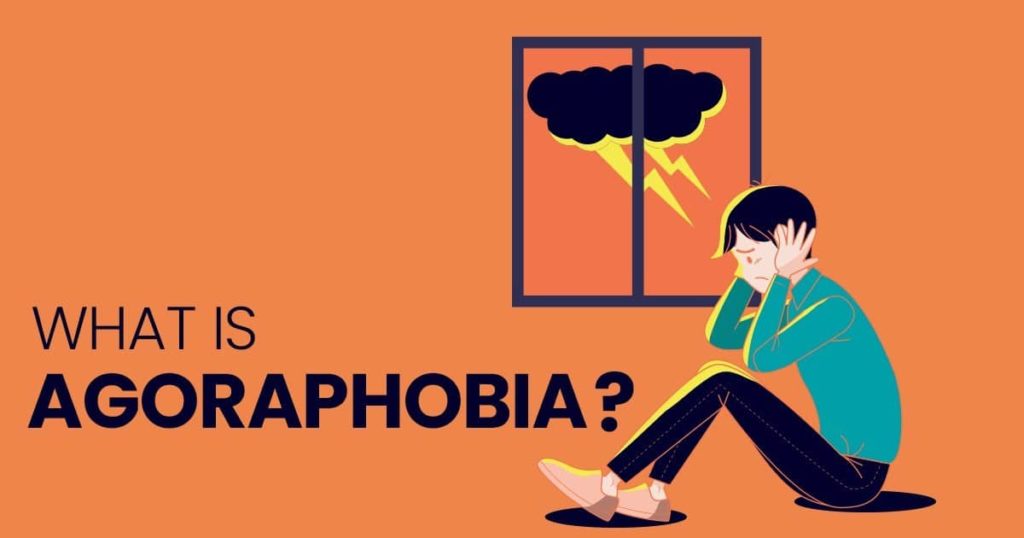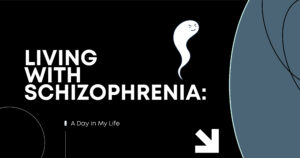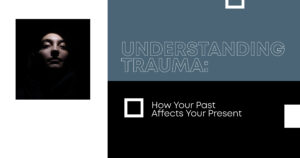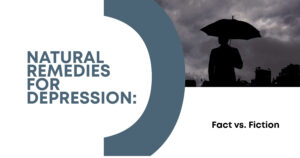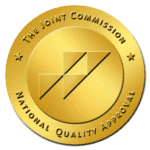Have you ever felt fearful of being in a crowded place?
If it’s something you experience occasionally, that’s relatively common.
We all have anxiety in certain situations from time to time. When does that fear become an issue?
Below, we answer the question, “what is agoraphobia?” by going into the symptoms and traits of this condition; then we will look into some options of what you can do about it.
What is Agoraphobia?
So what is agoraphobia, exactly?
The simple answer is that It’s an anxiety disorder.
When you have agoraphobia, you might fear certain situations that occur outside your home.
The triggering situations usually involve being in crowds of people and can cause you to feel trapped, embarrassed, or helpless.
Do you feel highly fearful about using public transportation, being in a crowd, standing or line, or being in a place that’s enclosed?
All of these can indicate agoraphobia.
If your agoraphobia is especially severe, you might be afraid to leave home at all.
What Causes Agoraphobia?
If you suspect you might have agoraphobia, you’re probably wondering what causes it.
As much as you might try to get over what you know isn’t a reasonable fear, you might still be struggling with it.
For many people, agoraphobia starts in the late teen or early adult years, but it can begin in older adults too.
Additionally, studies show that agoraphobia is more common in women than men.
We’re all continuing to learn more about the role of different factors in developing anxiety disorders and other mental health conditions, including agoraphobia.
It could be a combination of genetics, environmental stress, and learning experiences.
Some of the possible risk factors to develop agoraphobia include:
- Having another panic disorder or phobia
- Experiencing excessive fear or avoidance when you have a panic attack
- A stressful life event, like the loss of a loved one
- Having an anxious personality overall
- A close family member who also has agoraphobia
Agoraphobia Symptoms
Have you experienced any of the following agoraphobia symptoms but maybe not been able to identify exactly what you were going through?
Mental health professionals divide the symptoms broadly into three groups: physical, cognitive, and behavioral.
Physical Agoraphobia Symptoms
Physical agoraphobia symptoms are similar to a panic attack. These can include:
- Fast heartbeat
- Rapid breathing
- Sweating or feeling hot
- Feeling sick or nauseous
- Problems swallowing
- Diarrhea
- Trembling
- Chest pain
- Ringing in the ears
- Feeling faint
Cognitive Agoraphobia Symptoms
- Fear that you’ll be embarrassed in front of other people
- Worries that people will stare at you
- Concerns that you’ll lose control in public
- Excessive worry that you would be trapped in a situation if you were to have a panic attack
- General dread or anxiety
Behavioral Agoraphobia Symptoms
- Avoiding situations that could trigger you to experience a panic attack, like public transportation, elevators, or crowded places
- Not leaving the house for extended periods
- Requiring someone to go with you when you go anywhere
- Trying to avoid a situation where you’re far away from home
How Is It Diagnosed?
If you’re concerned that you could have agoraphobia, luckily, treatment can help you tremendously.
To get to that point, you do need a diagnosis.
A diagnosis of agoraphobia starts with your doctor and will start by going over your signs and symptoms.
They’ll ask you how often they happen and when they started; then they’ll go over your medical history and your family history.
To rule out any underlying causes for your physical symptoms, your health care provider might also run blood tests.
The American Psychiatric Association uses the Diagnostic and Statistical Manual of Mental Disorders (DSM-5) to diagnose agoraphobia.
If you have intense anxiety or fear in two or more of the situations below, then you meet the criteria of an agoraphobia diagnosis:
- Using public transportation, like a bus or train
- Finding open space, like a parking lot
- Being in an enclosed space, like an elevator
- Crowds
- Alone and away from home
To meet the diagnosis criteria, you’d also need to have experienced ongoing panic attacks, with at least one followed by:
- A fear of having more panic attacks
- Anxiety about the consequences of the panic attack
- Changes in your behavior because of panic attacks
Treating Agoraphobia
Once you’re diagnosed with agoraphobia, the good news is that you can begin treatment.
What might work best, depending on your symptoms, is a combination of treatment methods.
Treatments can include:
Talk Therapy
Talk therapy is also known as psychotherapy.
When you’re in therapy for agoraphobia or any kind of panic disorder, you regularly meet with your therapist or counselor.
You can talk about your fears, how you experience agoraphobia, and how it affects your life.
Psychotherapy, like cognitive-behavioral therapy, is usually short-term.
You’ll learn coping mechanisms that will help you be more functional in your daily life.
Cognitive-Behavioral Therapy or CBT is the most frequent type used for agoraphobia.
You’ll start to work with your therapist on how your views and distorted feelings are affecting you.
Your therapist can also go over how you can then combat those distorted feelings and replace them with healthy ones.
Exposure therapy is another option.
With this type of therapy, you’d work with a counselor to gradually increase your exposure to the situations or places that you’re afraid of.
The goal is to reduce your fear or anxiety over time.
Medication
Medication can be used alone or along with your therapy sessions.
Medicines that can help if you’re experiencing agoraphobia symptoms or panic attacks include:
- Selective serotonin reuptake inhibitors like Prozac or Paxil
- Selective serotonin and norepinephrine reuptake inhibitors like Cymbalta or Effexor
- Tricyclic antidepressants such as Elavil
- Short-term anti-anxiety medicines like Xanax or Klonopin
Lifestyle Changes
There are things you can do on your own too. These aren’t a cure for agoraphobia, but they can work alongside other treatments to help you feel your best.
For example, exercising regularly can help stimulate brain chemicals to help you be more relaxed and upbeat.
Eating a healthy diet and meditation and practicing mindfulness regularly can also help improve your symptoms of agoraphobia.
Final Thoughts
To sum it all up, what is agoraphobia?
If you’ve ever had intense anxiety or a sense of dread or worry about going to crowded places, open places, or places you fear you couldn’t escape from, it could mean you have agoraphobia.
You might also have panic attacks as a result.
If you believe this describes you, treatment can include a combination of medicine, therapy, and lifestyle changes.
The sooner you speak to your doctor about what you’re going through, the more proactively you can receive treatment.
Don’t struggle, and don’t let your anxieties become debilitating because help is available.
Contact our team at the Mental Health Center of San Diego to get a tailored treatment plan and take back control of your life.

